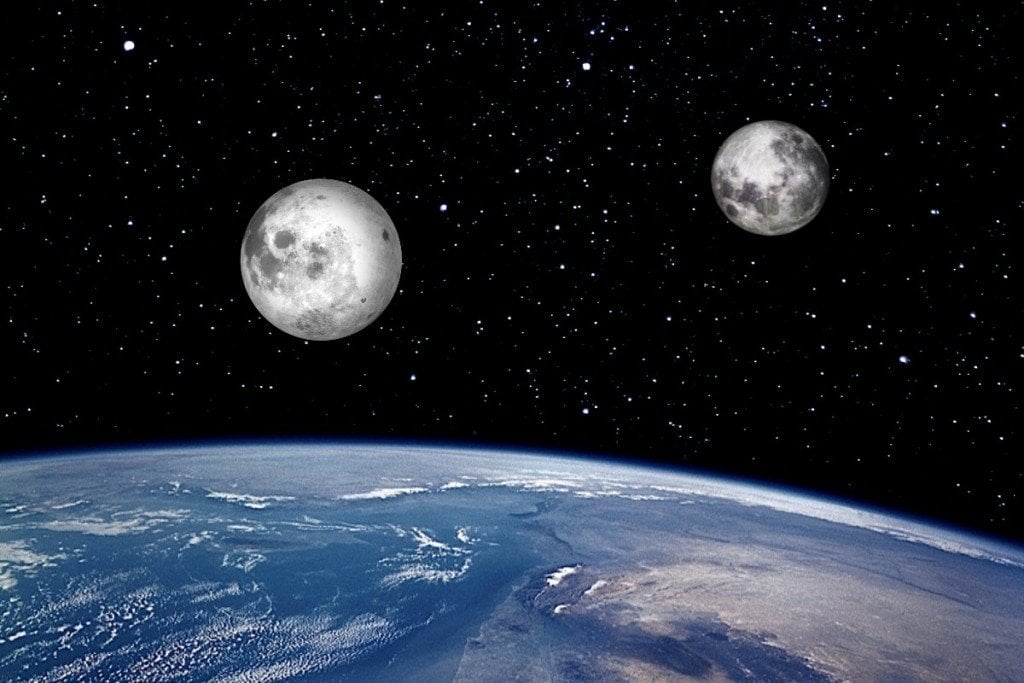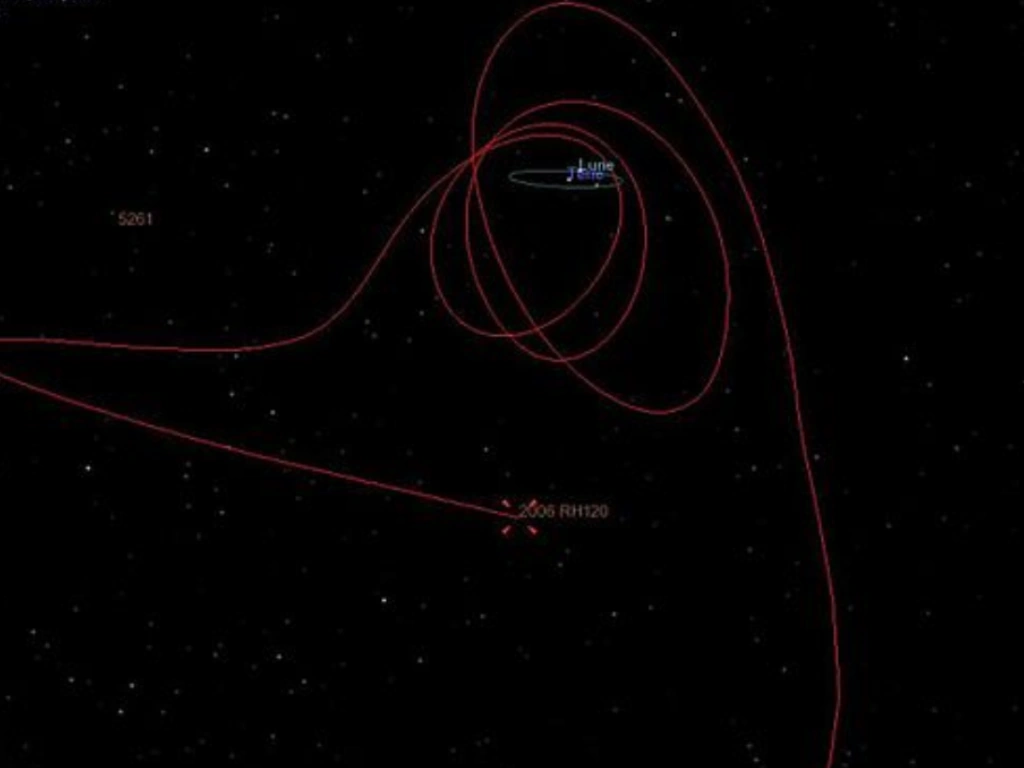New scientific research has unearthed some evidence that our planet occasionally captures “mini
moons”, these tiny asteroids zoom around our planets mostly as temporary natural satellites.
Mini moons usually measure from 3 to
10ft in diameter. Our Moon is estimated to be a quarter of the size of our
planet.
The existence of mini moons was first discovered twelve
years ago, the first mini moon was detected by astronomers, the Catalina Sky
organisation. It was named 2006 RH120 and thought to be measured about 6 to
10ft in length and enters Earth’s orbit around every 20 years. Never the less,
it remains our only known mini moon.
Advances in astronomical surveys will gain an insight into the discovery
of greater quantities in mini moons. There are a few ways to detect these mini
moons according to researchers.
 |
| Artist's illustration |
These fast-moving objects are difficult to detect,
even though there are many floating around. Sometimes these mini moons escape
with our orbit before going back to revolving around the sun.
As we begin to understand and recognize more mini
moons, we will be able to define what constitutes the classification of a
“moon.” In general, the term moon denotes an object that is orbiting something other
than the main star in the solar system, thus, our moon is like the moons
circling Mars, Jupiter or other planets. Therefore, moons are not determined by
what they’re made from, their size or mass.
From the white paper study, there has been some controversy
around the idea that the nature of the objects after discovery on whether it
was a first natural object to be orbiting us, besides the moon or whether it
was another artificial object.
The Study stated: “Several launch vehicle booster stages have
achieved sufficient speed for them to escape the gravitational bonds of the EMS
only to be subsequently recaptured in the system after a few decades.
Subsequent astrometric observations of 2006 RH120 established its provenance as
a natural object because the perturbations to its trajectory caused by solar
radiation pressure were inconsistent with it being artificial.”
Some of these are done through obtaining spectra of
colors, measuring area-to-mass ratio (AMR) based on the magnitude of the effect
of solar radiation pressure on its trajectory and radar observations.
Currently,
there is a telescope being constructed in northern Chile called the Large
Synoptic Survey Telescope (LSST) – this telescope is up to the task of
mini-moon sighting.
There are many benefits to the research of mini
moons in that we can develop and test planetary defence technologies for
example deflecting an asteroid. Validate and improve navigation and control
algorithms as well as to test close – proximity protocols for safe operations
and establish the possibility of asteroid mining technologies for future
commercial applications. A number of natural satellites can be gathered by a planet through the
force of its gravity for e.g. Jupiter has 79 confirmed moons and Saturn has 62
confirmed moons.
Together the moons and mini moons of Earth, could
prove to be the literal stepping stones for the rest of the galaxy.



